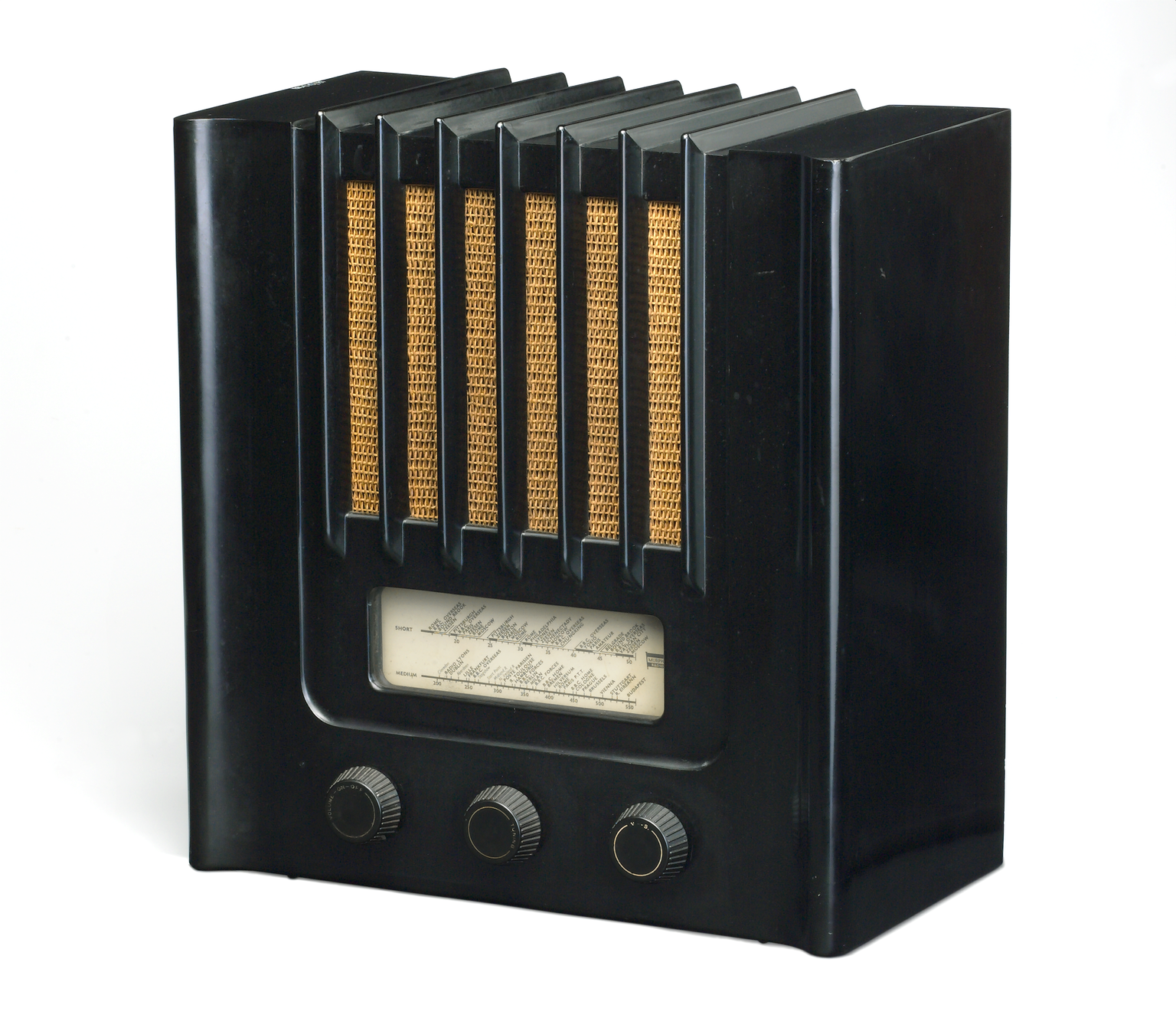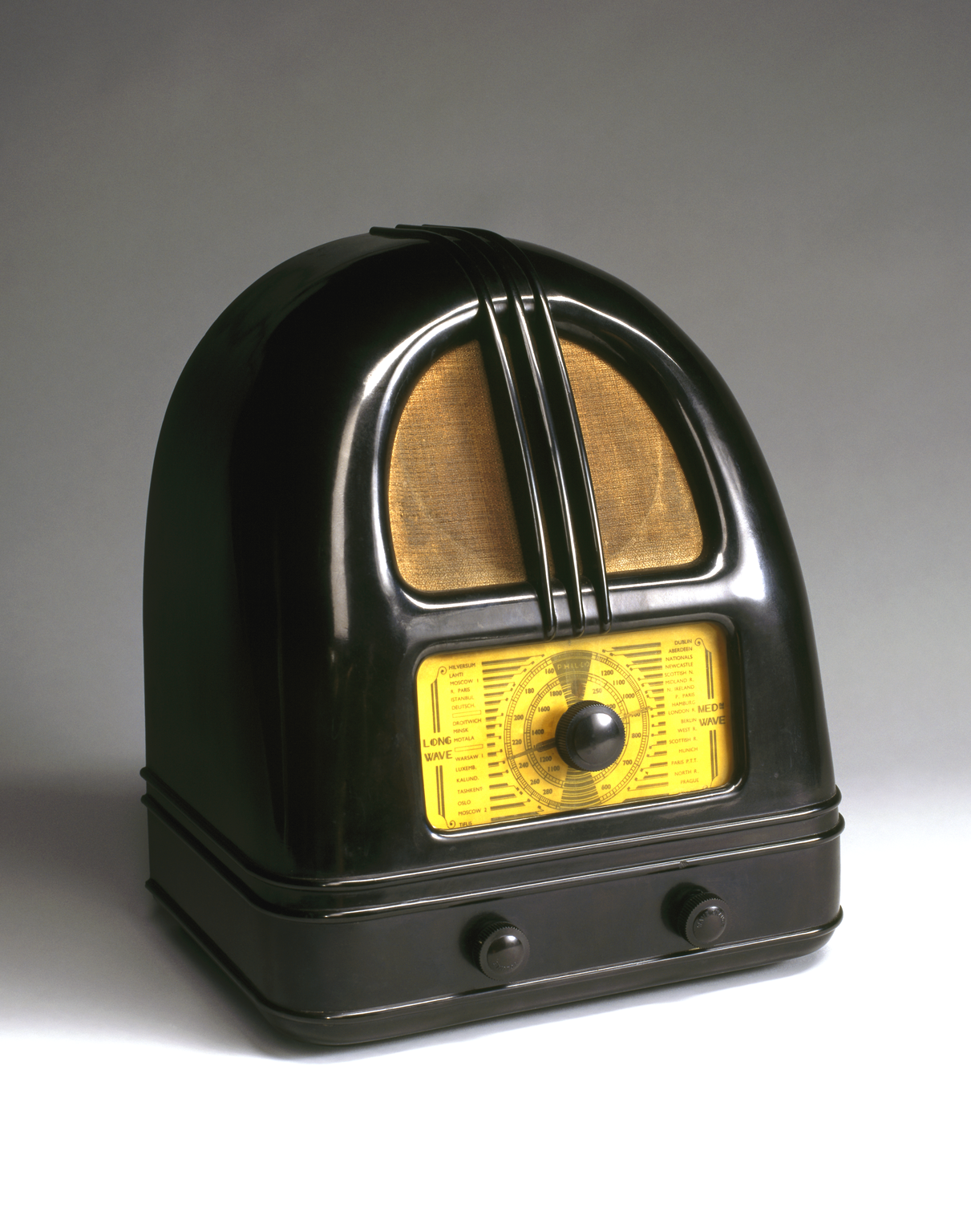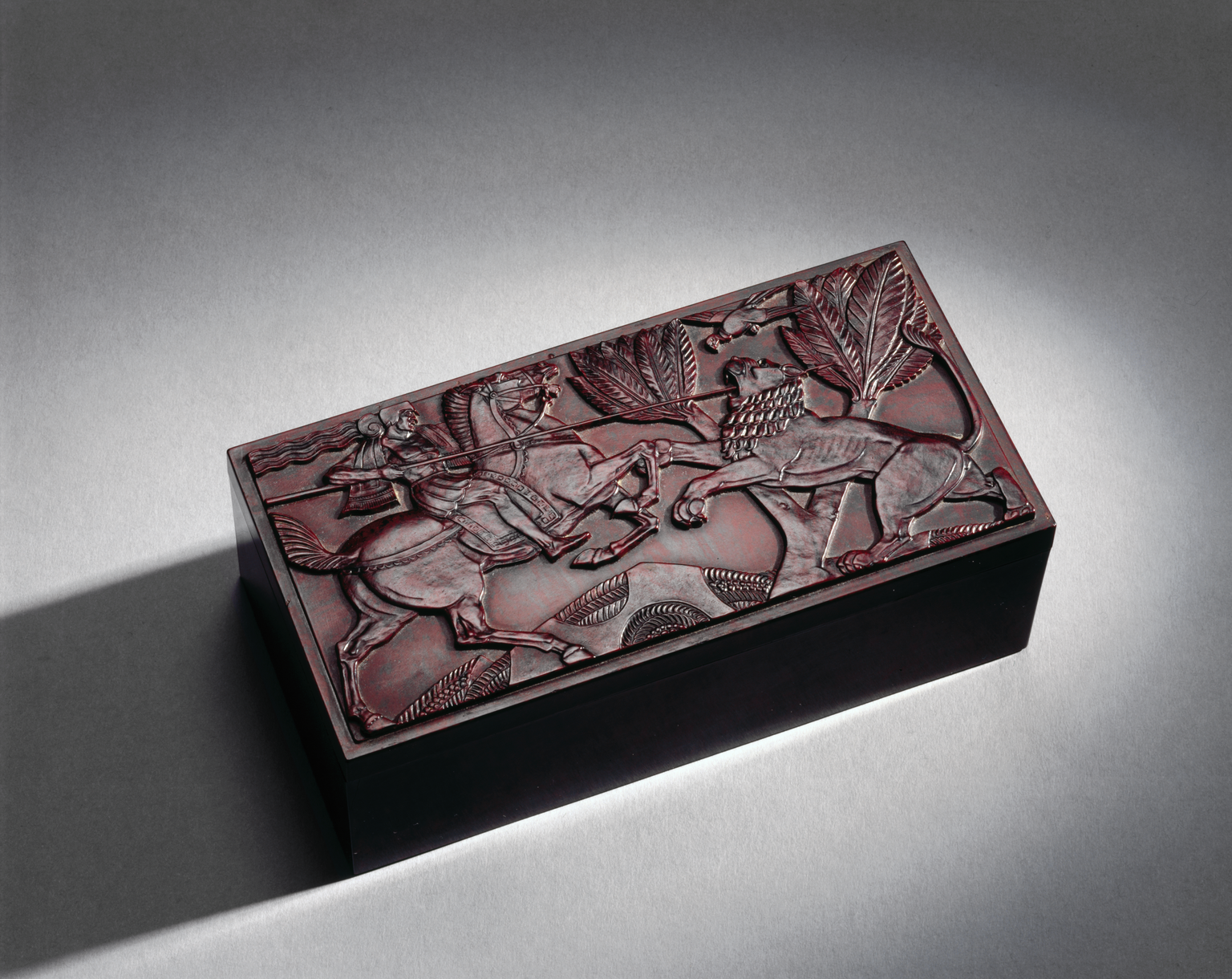Bakelite® changed the world in the first half of the twentieth century.
Advertised with the slogan ‘The material of 1000 uses’, this was the first synthetic plastic and heralded an age in which we were no longer dependent on the products of nature.
The legacy of Bakelite® is a world where synthetic plastics surround us: from medical implants to space shuttles, we have now become dependent on these synthetic materials.
On 7 December 1909, the United States Patent and Trademark Office granted the Belgian-born chemist Leo Baekeland a patent for a “Method of making insoluble products of phenol and formaldehyde”.
Hard, compact, insoluble and infusible this was the first synthetic plastic. Named Bakelite® after its inventor.

Leo Baekeland moved from Europe to the United States, starting life in America working for a photographic firm.
An able chemist and innovator, Baekeland developed his own photographic paper and started a manufacturing base to produce Velox paper, the first commercially successful photographic paper. In 1899, Baekeland and his business partners sold their company, Nepera, to George Eastman of the Eastman Kodak Co. for $750,000.
Now extremely wealthy, Baekeland set up a well-equipped research laboratory in the comfort of his own home. As part of the sale agreement with Kodak, Baekeland had agreed not to development any more photographic technology; he would need a new area of research.
As he had done with Velox, Baekeland looked for a problem that offered “the best chance for the quickest possible results.” Asked why he entered the field of synthetic resins, Baekeland answered that his intention was to make even more money.
By the 1900s, chemists had begun to recognise the potential of natural resins and fibres, but attempts to replicate these in laboratory settings had been unsuccessful.
Baekeland familiarised himself with previous work and performed his research in a systematic and well documented fashion, carefully controlling and varying the effects of temperature, pressure and the types and proportions of phenol and formaldehyde.
The production of polyoxybenzylmethylenglycolanhydride was the answer to Baekeland’s dreams. With the slightly catchier named of Bakelite®, the resin is combined with fillers, such as wood and asbestos before it’s pressed directly into the required final shape.
A multitude of different uses were found for this new material and Baekeland’s legacy can be seen across the Science Museum Group Collection.
One of the most iconic is the Bakelite® phone:

Equally collectable today is this radio:

Lesser-known applications were coffins and medical training equipment.
This Cigarette box from the 1930s, is an imitation of much more expensive imported wooden boxes, showing a horseman spearing a lion in the Assyrian style fashionable in the interwar period.

Baekeland’s process patent for making insoluble products of phenol and formaldehyde was filed in July 1907, and granted 108 years ago on 7 December 1909.
At the time of Baekeland’s death in 1944, the world production of Bakelite® has been estimated at around 175,000 tons; it was used in over 15,000 different products.
Today, we grappled with the controversies of how to cope with a world full of plastics; perhaps we can learn something from the history of their development and use?